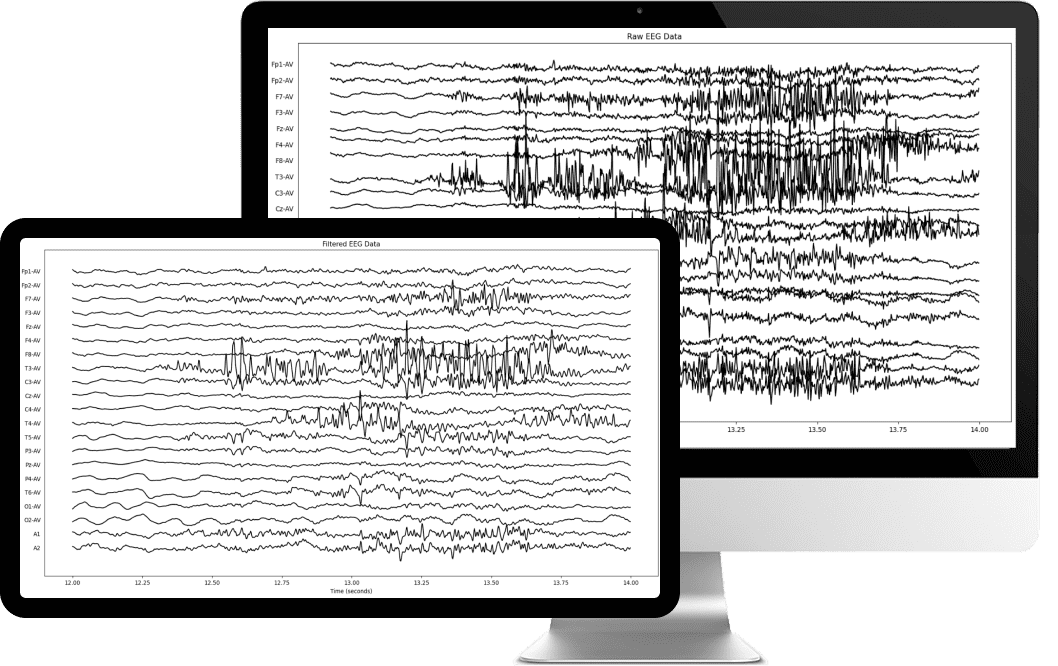Brain electrical activity is a weak biological signal that is easily interfered with by various non-brain signals (artifacts). The identification and removal of artifacts is crucial for accurate EEG interpretation, especially as long-term EEG monitoring technology becomes widely used in clinical practice, making it inevitable that EEG recordings contain various types of artifacts, posing challenges for EEG analysis.
Following clinical guidelines, EEG-X uses a default 0.53-70Hz filter configuration and employs multiple algorithms to identify artifacts from different sources, such as baseline drift, ECG, EMG signals, and motion-induced artifacts. After identifying these EEG signals, the system automatically removes related artifacts in the background while maximizing the preservation of the original EEG signal's integrity and accuracy, avoiding interference with genuine brain electrical signals.





